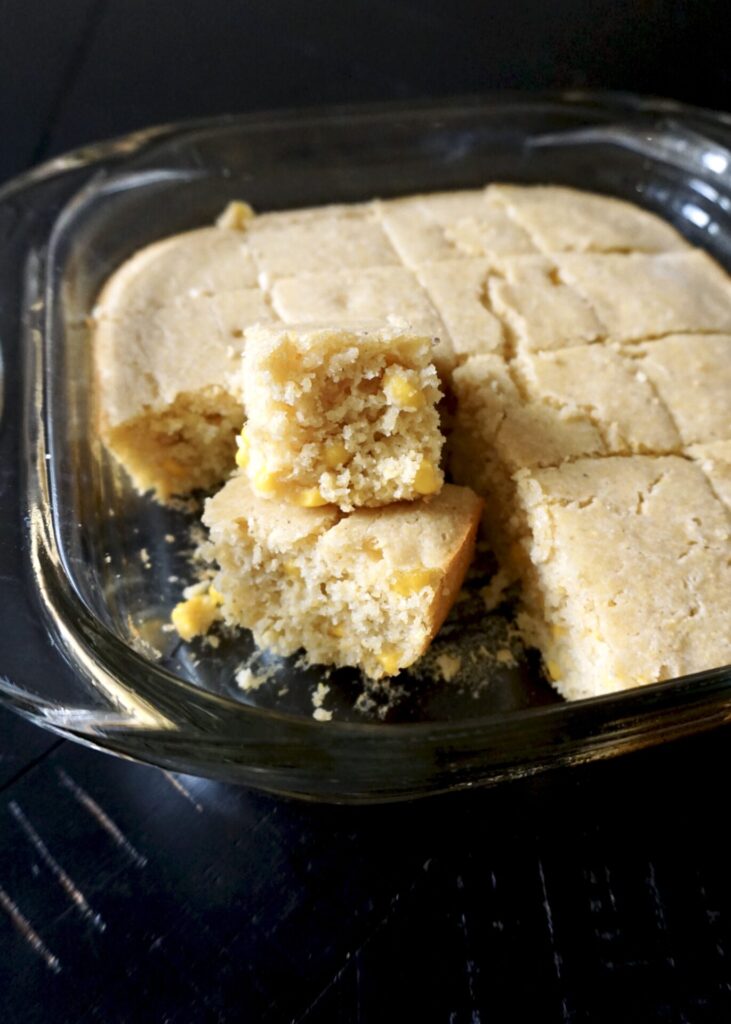
Since the weather has turned cooler and wet and we’ve been stuck indoors more, I’ve been baking a lot! So most of the recipes I share for the next while will probably fall into the category of baked goods. I’ve been making dinner as well, but haven’t had as much success with those recipes. Nothing has wowed us, and a few things have even ended up in the trash bin. Nobody around here is complaining about cornbread, muffins, and homemade pita though (that one coming soon)!
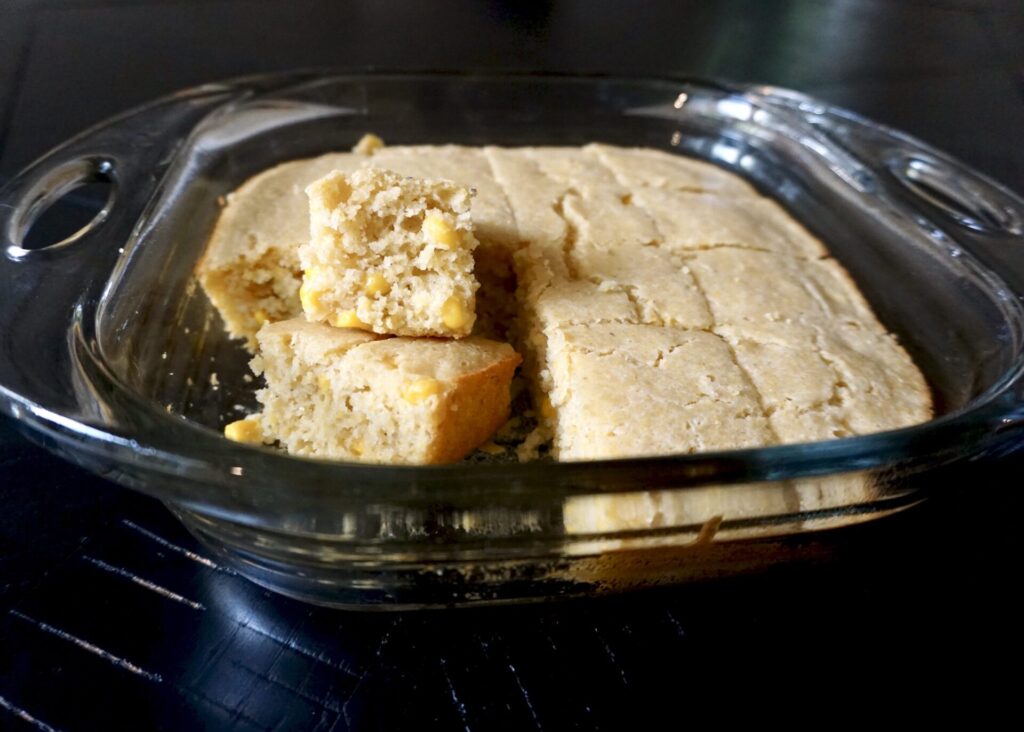
I’ve been making this cornbread for several years now. It’s exactly what I want cornbread to be- fluffy, moist, slightly sweet, and flecked with corn. Even better spread with butter and drizzled with honey. I love that this recipe can be make 100% whole grain, though I usually use half white and whole wheat flour. For a savory version, reduce the sweetener to 1 tablespoon and add 1/2 cup shredded cheddar cheese.
Whole-Grain Cornbread
INGREDIENTS
2/3 cup whole wheat flour (I use half white whole wheat flour and half all-purpose flour)
1/2 cup cornmeal
1 Tbsp. baking powder
1/8 tsp. salt (I used unsalted butter so I increased the salt to 1/4 tsp.)
4 Tbsp. butter, melted
1/2 cup milk
2 Tbsp. pure maple syrup (or honey)
2 eggs
1/2 cup sour cream (or plain Greek yogurt)
3/4 cup corn (fresh, canned, or frozen)
DIRECTIONS
- Preheat oven to 350 degrees F.
- In a small bowl, whisk together the flour, cornmeal, baking powder and salt.
- In a large bowl, whisk to combine the butter, corn, milk, maple syrup (or honey), eggs, and sour cream. Add the dry ingredients and mix until just combined. Stir in the corn.
- Pour batter into a lightly greased 8 or 9-inch square or round baking dish.
- Bake in preheated oven for 25-30 minutes (it could take slightly longer if you use frozen corn) until lightly golden and a toothpick inserted into the center comes out clean.
Makes an 8 or 9-inch square or round pan of cornbread.
(Adapted from 100 Days of Real Food)

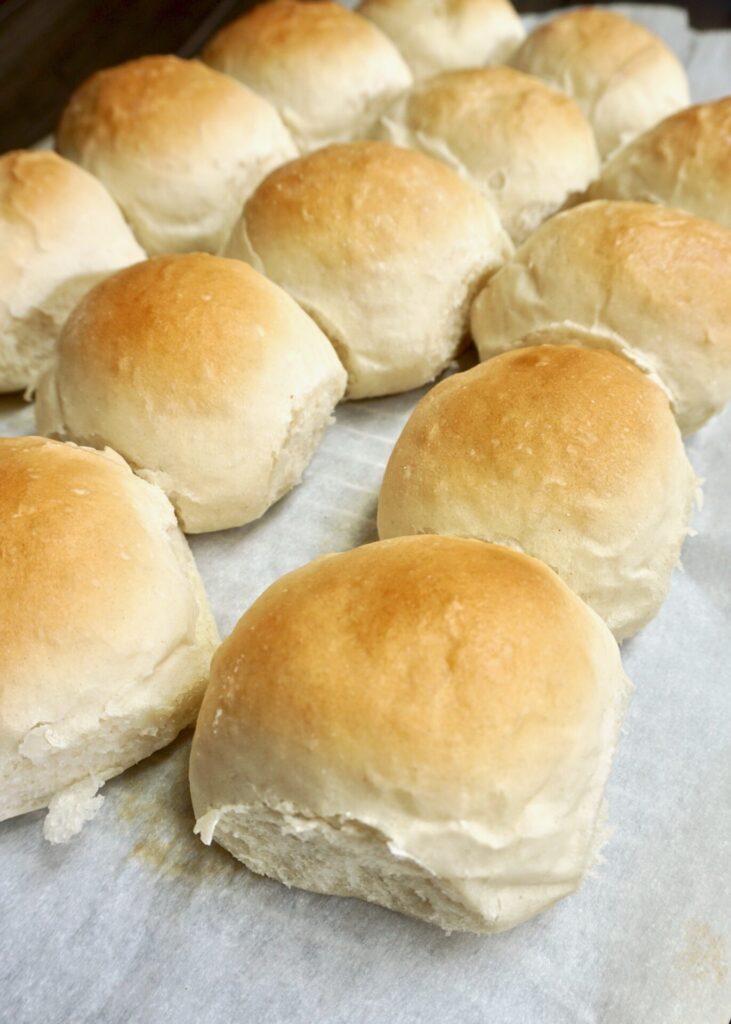
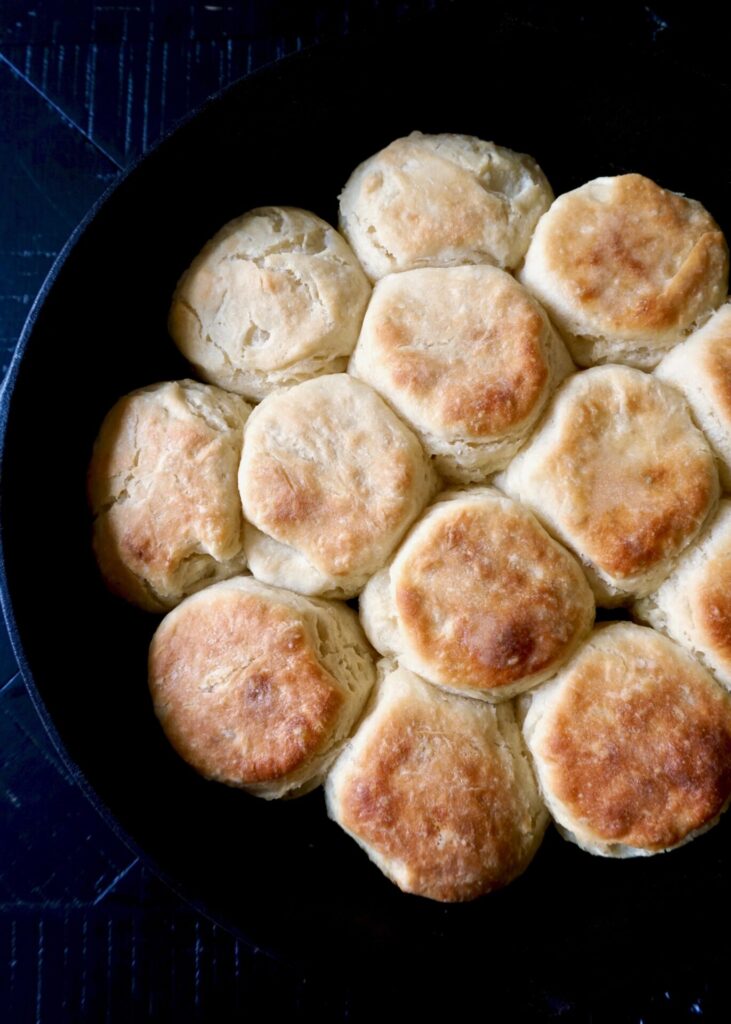
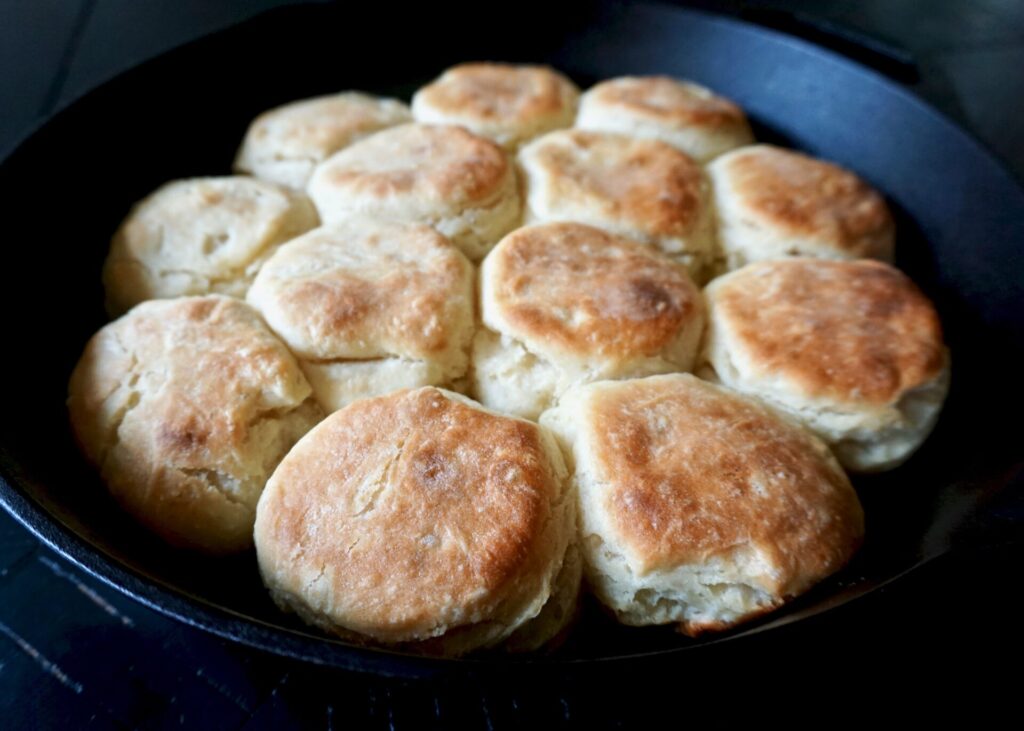
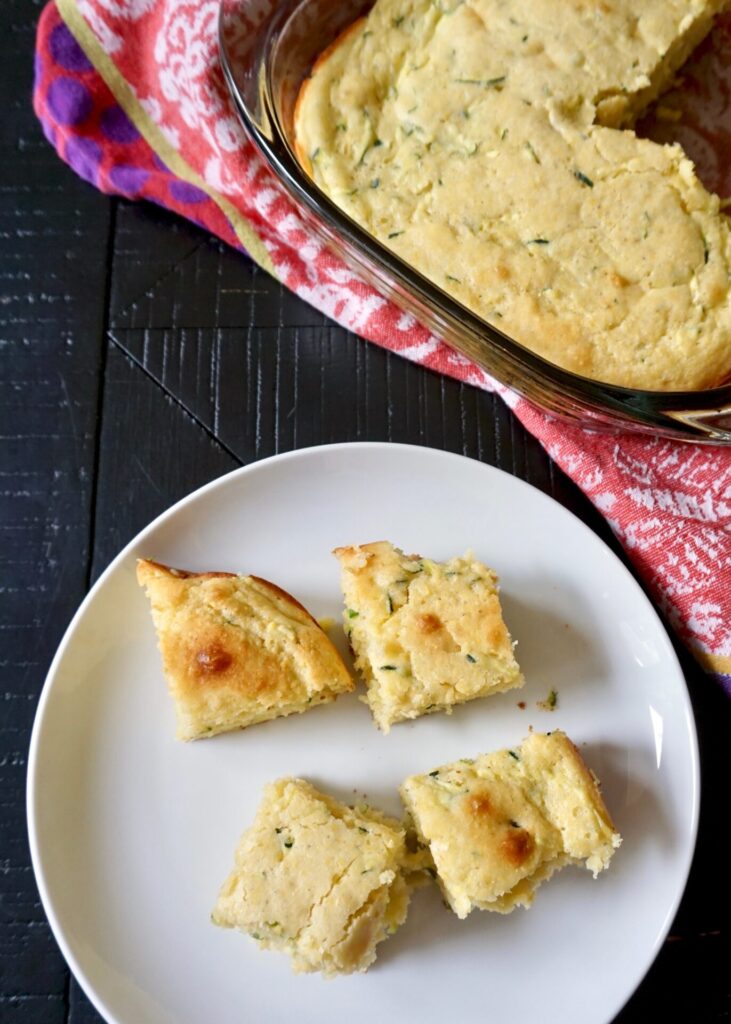
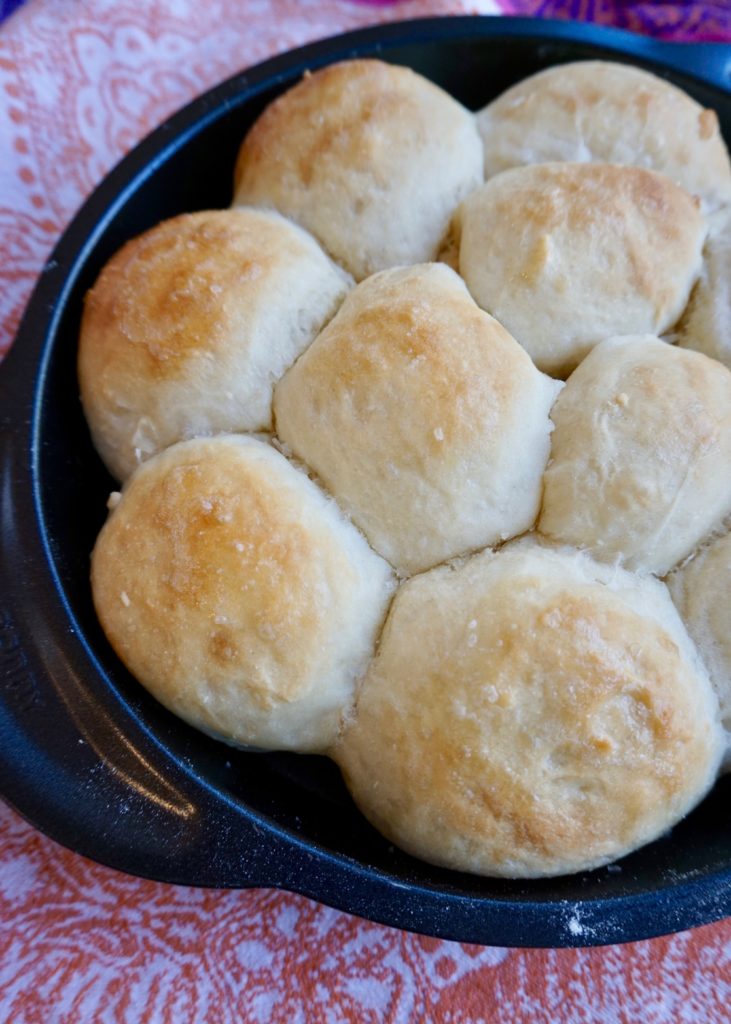
/ COMMENT / Share